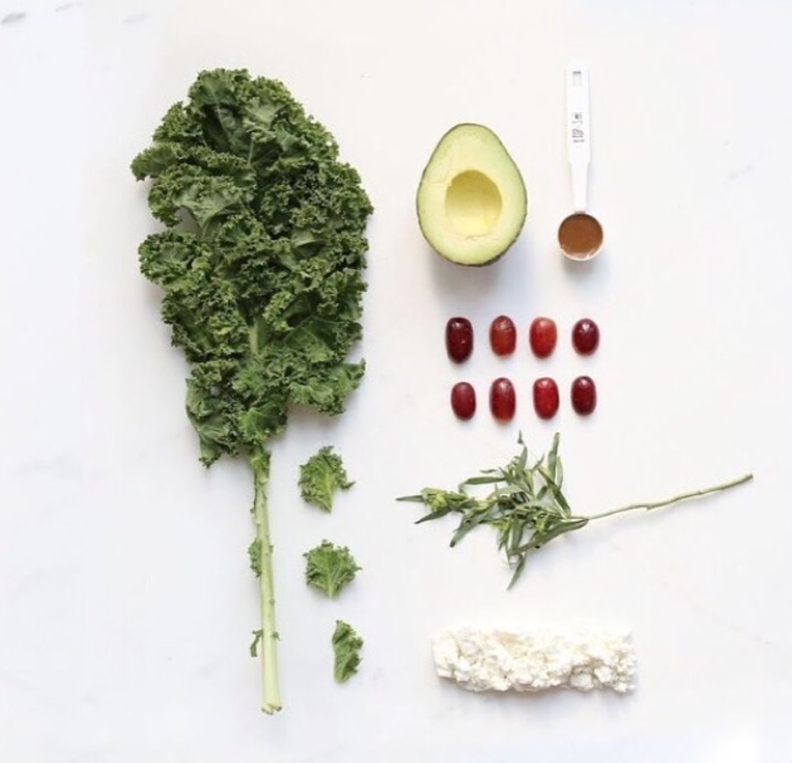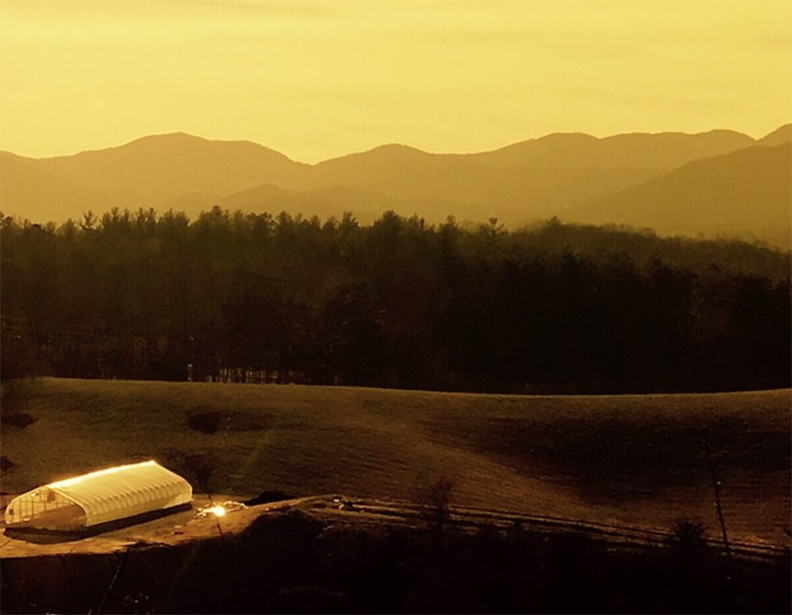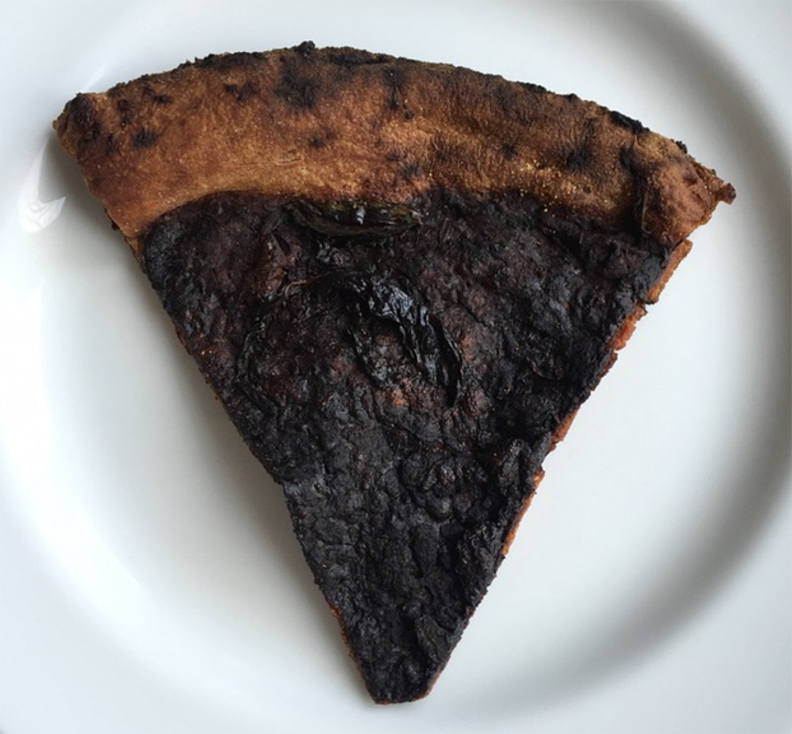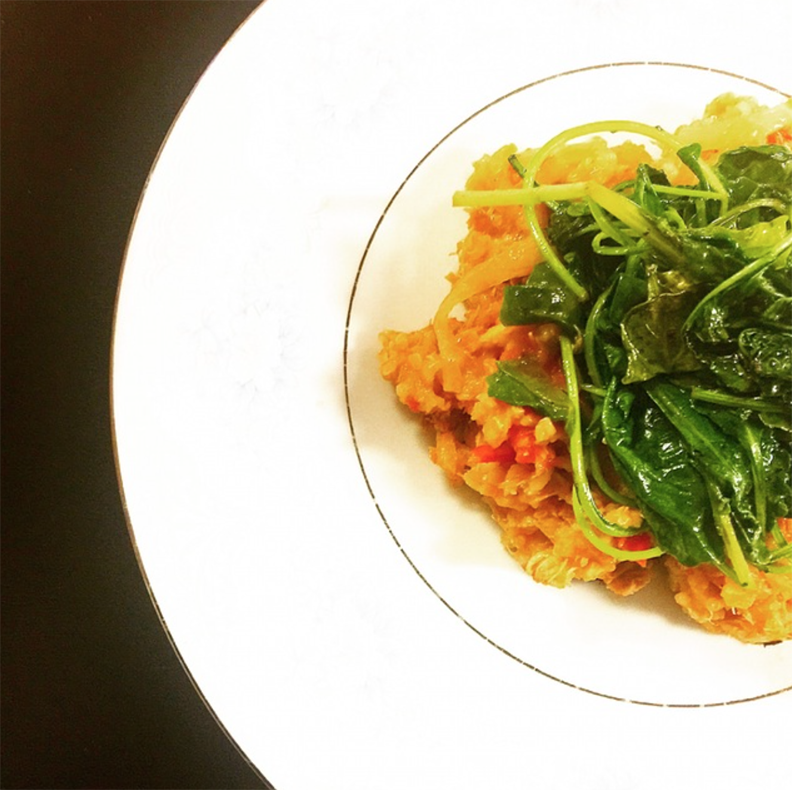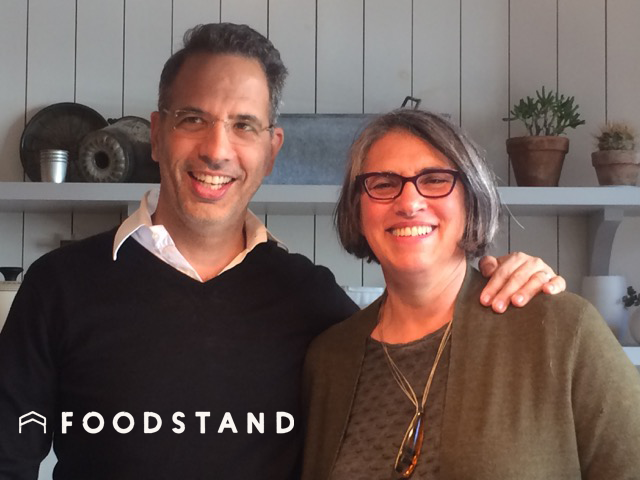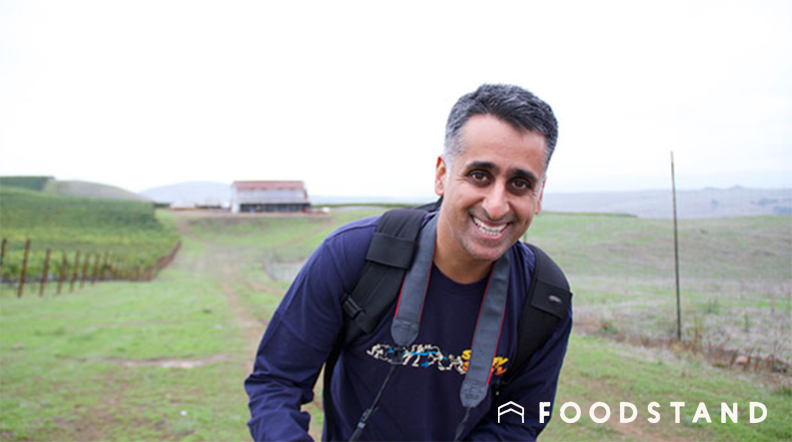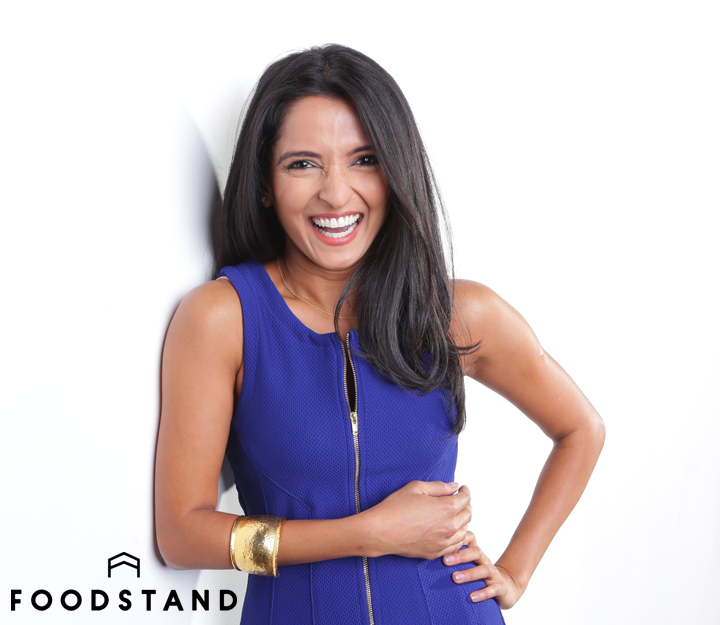
Audrey (@unconventionalbaker) is the wholesome recipe creator and blogger behind Unconventional Baker, and the author of Unconventional Treats. She’s adventurous, showing us that the baking ingredients we are accustomed to aren’t the only ones out there. From takes on the classics, to new concepts entirely, Audrey loves experimenting with recipes and teaching others about her delicious discoveries. And Audrey is offering a special discount for her Unconventional Treats book & video training series for Foodstanders, so you all can learn her greatest tricks and treats!
Tell us the story of how you started blogging.
It all started from the bottom up for me—from a very challenging point in my life to the place where I am now, which is much better! In my mid-twenties I was suddenly faced with a whole host of autoimmune conditions, which inevitably forced me to change my diet. I discovered many food sensitivities, and for a while it felt like my diet got cut in half. More than in half, it felt like there was nothing left to enjoy really… I’ve always been an avid baker and so I essentially had to re-learn everything I knew in that department from scratch. Back then there weren’t as many resources out there, so it was more experimental—a lot of trial and error. Along the way I changed my catering creations to be gluten and dairy-free and was surprised by the positive response. People wanted more. It seemed many want desserts they can enjoy, but just don’t know how to make. So I started the blog to share what I know, and it has grown into a hub for wholesome, simple, no-fuss desserts.
What’s your go-to breakfast?
Banana ice cream. I have lots of recipes in my book and on my Instagram page. Here’s one of my favorites.
How do you define good food?
Easy, wholesome, fresh, vibrant, nourishing, and flavorful are all words that come to mind. And anything from my garden 🙂
What is your food resolution for 2016?
Pushing the boundaries and redefining desserts. There are so many ways to enjoy something sweet, yet for many if it doesn’t come with wheat, eggs, or sugar, it doesn’t count. Someone invented all those “classics” at some point, but who says we can’t have new classics—ones more in tune with our current environment and society. I hope the idea will catch on with even more people. I’m dedicating this year to taking these concepts to the next level, experimenting in the kitchen like crazy, and encouraging others not to be afraid to try new things.
What’s one of your first (and most memorable) interactions with food?
Picking berries on my grandfather’s farm. I have very vivid early childhood memories of picking gooseberries and giant fresh strawberries, and playing with some caterpillars, slugs, and these beautiful white butterflies in the process. My grandfather told me these butterflies only live one day, or better said—their whole life in the span of a day, and tried to explain to me what that means in comparison to our human lives. I think he was mainly musing to himself there—doubt he thought my 5 year-old self would have gotten the deeper meaning of the comparison—and yet that parallel really stuck with me. The smell of fresh strawberries brings me right back to those days of digging around in the soil with my fingers, enjoying the company of the creepy crawlies, and the freshness of homegrown food.
Tell us more about the blog.
My blog is my place to share my creations and my passion for wholesome treats. I have a major sweet tooth, a love for creative thinking in the kitchen, for photography, writing, for keeping it simple and real when it comes to food, and for inspiring others to follow along and try new things. I integrate all of these elements into the blog and my work.
I’m not into food/dietary labels. If I had to describe my recipes though, they are all gluten-free, dairy-free, plant-based, and refined sugar-free. Many are grain-free, lots are raw (my real passion), and I try to vary things a lot and make innovative recipes for those with food sensitivities and allergies. My overall “mission” is to make easy treats from wholesome ingredients that can be enjoyed by all, regardless of dietary preferences, health restrictions, and so on. I just want everyone to have their cake 🙂
If you could get the general population to change one aspect of their eating habits, what would it be?
Just encouraging the understanding of where your food comes from, how it has been raised/developed/handled, and using your money as a vote to help sustainable enterprise/farmers.
Tell us about something you’re working on right now.
I’m juggling a few exciting projects. Currently working on an upcoming course I’d love to introduce on the blog. I’m also working on finding a publisher to get my book into print.
Who is your food inspiration?
My mom—she has the most abundant garden in the tiniest urban setting.
What is your go-to dinner party dish?
One of my signature raw cakes, of course! The Raw Tiramisu is always a winner.
What was your biggest #foodfail?
Broccoli cheesecake. Worst idea ever! Don’t judge! I try lots of crazy things—sky is the limit—and I often land on winners that become “cult classics” on the web. But this one was clearly out of range. When I made it at first it was absolutely delicious—tasted nothing like broccoli at all (in case you’re wondering). Just a beautiful pale green cheesecake. I left it in the freezer for a week amidst all my other frozen cakes, and when I re-tasted it later it tasted absolutely horrible. Like broccoli gone horribly wrong with sugar and roses on top >_<
Do you have a favorite food trick?
Always have a raw cheesecake (or two!) on hand in the freezer. They make the best desserts for unexpected company.
Where do you typically grocery shop?
Local health food shops (because they have the biggest selection of fair-trade and local produce), the organic aisle of the grocery store, and also the ethnic fruit aisle because I’m always into discovering new fruit. In the summer—farmers markets and my own garden. Costco for some staples.
March is National Nutrition Month. What’s one good-food aspect of your diet that packs some nutritious punch?
Green veggies make up a huge percentage of my daily diet—from salad, to zoodles, to roasted or steamed broccoli or asparagus. And cauliflower, though technically not “green”, and avocado. Keeps me full, fueled, and nourished, and helps to balance out all my work with sweet ingredients through the day.
WANT TO BE FEATURED ON BEHIND THE PLATE?
DOWNLOAD THE FOODSTAND APP!
What’s your favorite meal-on-the-go: What do you make or where do you buy it?
I have two favorites I always go for when on the road: the Tangled Thai bowl at a restaurant called Fresh (spiralized golden beets, radishes, salad greens, popped amaranth, peanuts, and hemp seeds, topped with a tahini lemon dressing), with a side of crispy tofu. Or the veggie bowls you can assemble at Whole Foods and take to-go. These are both a rare treat since I live remotely and don’t get to travel or frequ
ent restaurants often. Otherwise, I can easily live off fruit, so food supply while on the road is never an issue.
Is there any food that you can’t stand?
Bacon
What have you been dying to make recipe-wise, but haven’t yet?
Gluten-free baklava. The list of food fails I’ve had with this one is incredible, but I’m still holding out hope 🙂
What’s always in your fridge?
Zucchini, flavorful tomatoes, avocado, lettuce, bananas, berries, almond milk, coconut milk (for whips).
Who is one famous person, dead or alive, that you want to share a meal with? And where?
Gosh, this has probably been the hardest question for me to answer so far! I’ve never had the desire to meet anyone famous in particular, though of course I love the work of many people. If I had to choose though, I guess I’d go for a coffee with… Edward Leedskalnin, the guy who built Coral Castle in Florida. I’d love to know more about the mysterious technology he used to build that place.
Veggie you never liked when young, but now you do?
Bell peppers. Their cavernous inside really scared me for some reason. Love them now though.
If you were a food, what would you be and why?
Chocolate. So many ways to go to match my mood.
Most underrated spice?
Lovage. It’s used in many veg stocks, but is rarely sold on its own. I grow and dehydrate my own. It’s a perennial that ads a lot of flavor to soups and curries.
Favorite cuisine?
Raw food or Indian.
Food related pet peeve?
When people assume gluten-free is automatically healthy.
What’s your favorite indulgent treat?
Cake. And I have plenty of it 🙂
What’s your favorite part about being in the food industry?
Being a part of redefining food for modern needs.
If you weren’t doing what you’re doing, what would you be doing?
Traveling. In a heartbeat.
Favorite little-known baking ingredient?
Raw ground vanilla bean.
Your good food wish?
I wish everyone had access to clean, sustainably farmed food, no matter what kind of diet plan they follow.
